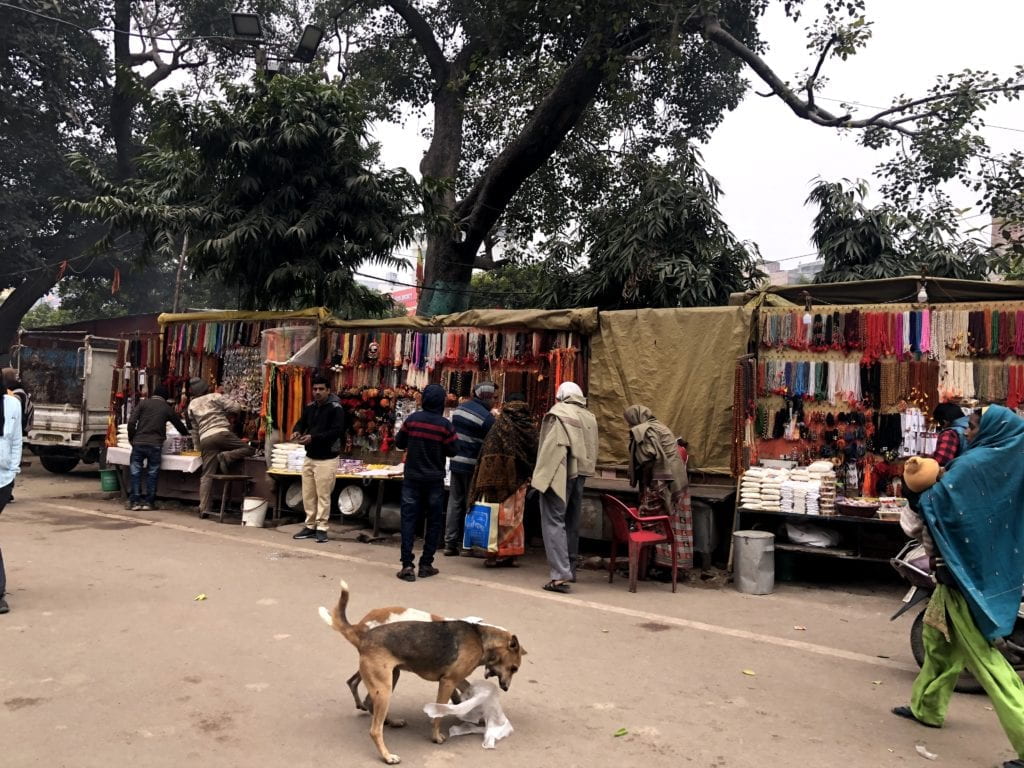Nithya Reddy
Gender at Work
India
India’s gig economy, or the informal sector, has the potential to increase female employment and in turn increase household spending money by offering women temporary contracts or freelance roles. With technology companies dominating the Indian marketplace, more women are being employed as drivers, delivery people, beauticians, and maintenance workers. The number of women employed in the delivery sector alone has increased by 40,000.
Yet, the informal sector, which makes up 81% of India’s economy, faces almost no government regulation. Women are subjected to harsh working conditions, are paid less than their male counterparts, and work undefined hours. Informal labor is not a simple panacea for India’s staggeringly low participation rate of the female labor force.

I originally planned to conduct fieldwork this summer in India for Gender at Work, interviewing women employed in the gig economy to learn about their experiences since starting work. I would have spent a majority of my summer traveling across Andhra Pradesh, using my fluency in Telugu to record women’s stories and bring them back to Gender at Work.
These interviews would have helped Gender at Work to develop a structured plan centered around meeting these women’s needs for prominent tech companies in India. My research would have delved into women’s roles for various employers of the gig economy, such as taxi cab companies, food suppliers, and agribusiness companies. Ideally, my work would have played a critical role in strengthening women’s voices within these sectors to create gender-equitable working conditions.
However, COVID-19 changed my plans: I have been conducting research for Gender at Work this summer, but from my home in suburban New Jersey. My supervisor, Sudarshana Kundu, suggested I use this opportunity to critically assess the pandemic’s effect on women’s rights in India.
I started my remote internship with Gender at Work this past Monday, and a bulk of my work has been compiling a literature review on Indian social policy focused on women and labor, which is getting thwarted in light of both COVID-19 and the current volatile political climate. My research questions now include: Where has there been policy failure? For example, have top-down policy drafting/introduction processes led to poor buy-in/uptake? Are there policy absences that have led to alternative spaces or infrastructures being created (e.g., LGBTQI safe spaces)? Are new policies being promoted and/or introduced that are regressive in regards to women’s rights and gender equality, including those that restrict space for women’s rights activism?
After making the literature review on social policy erosion for women, my next step is to help create a policy mapping critically assessing the key areas and issues of contention when it comes to contemporary gender equality (including the body, livelihood/work, rights, etc.). Questions include: Have there been any gains or tangible processes in these areas? Are any gains under threat? Who are the key coalitions/alliances for and against these gains? What strategies are being used by the resistors to push back?
In the next couple of weeks, I hope to answer these questions and narrow in on the gender justice actors and defenders and the structural forces and trends that are actively helping women’s movements in India.